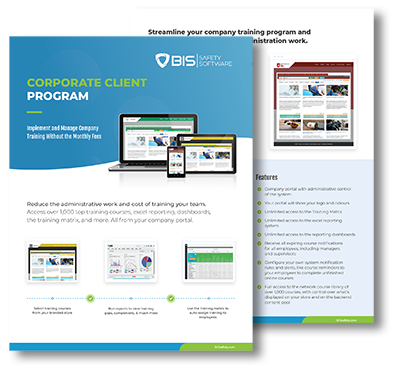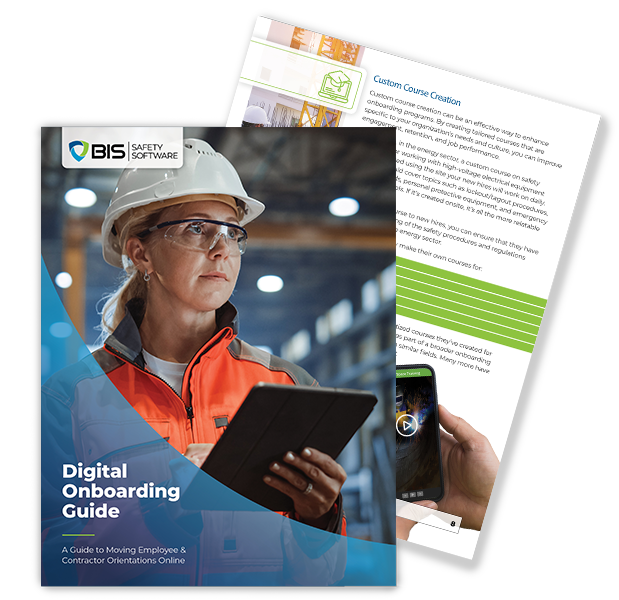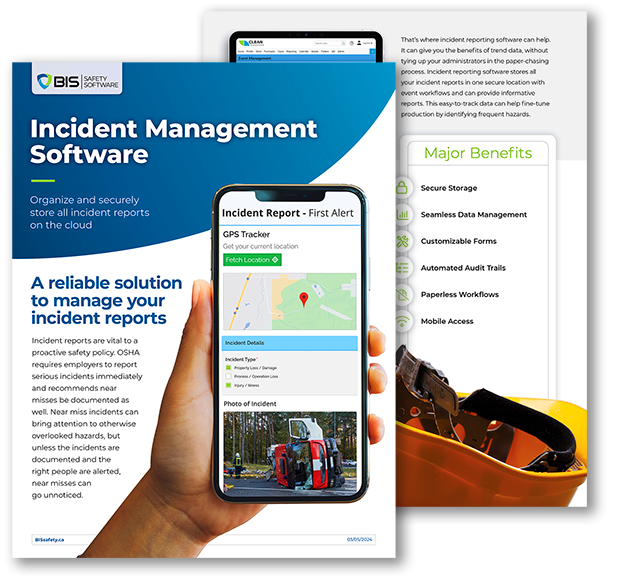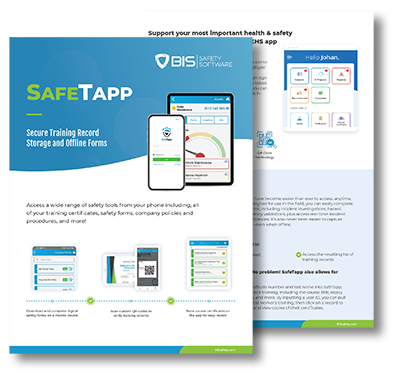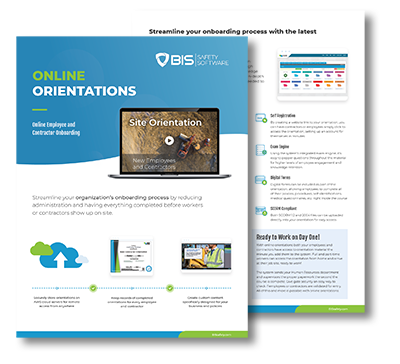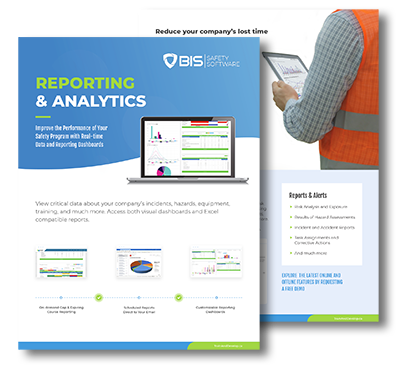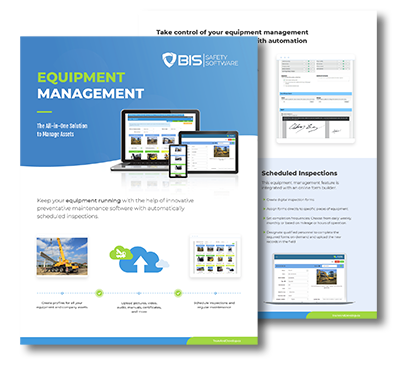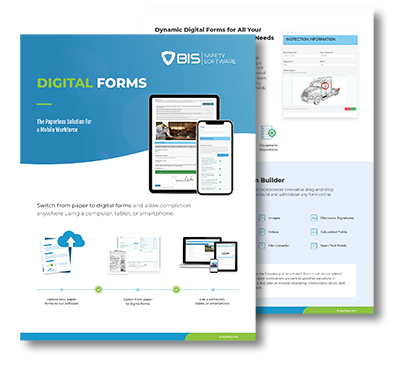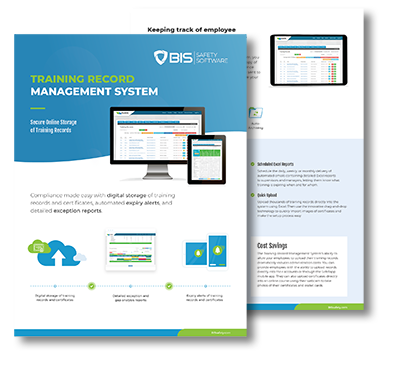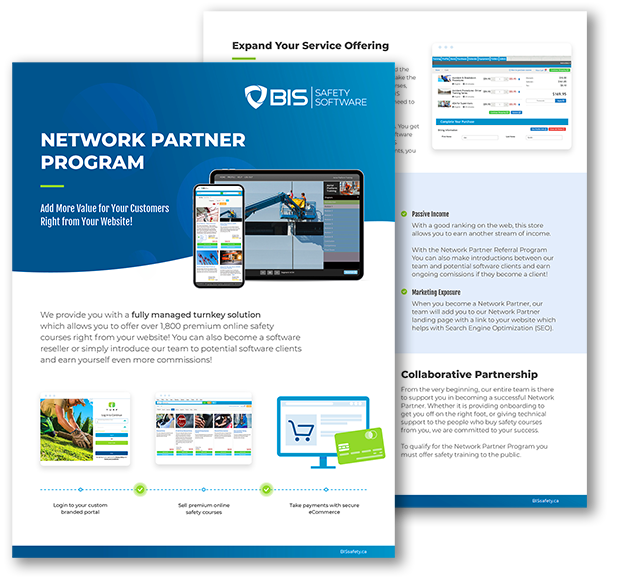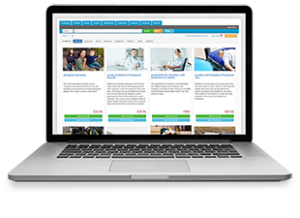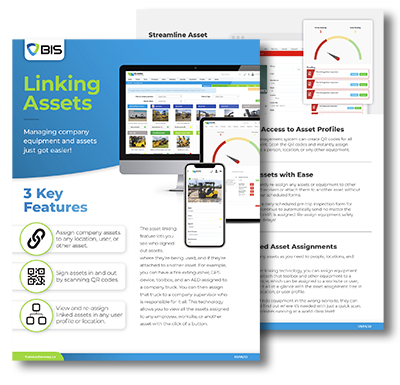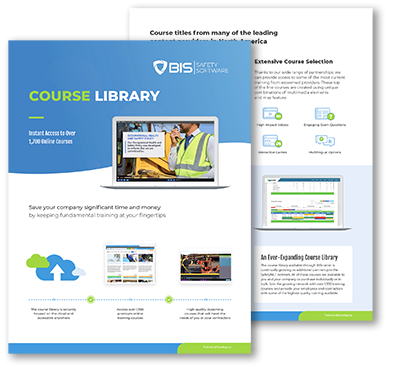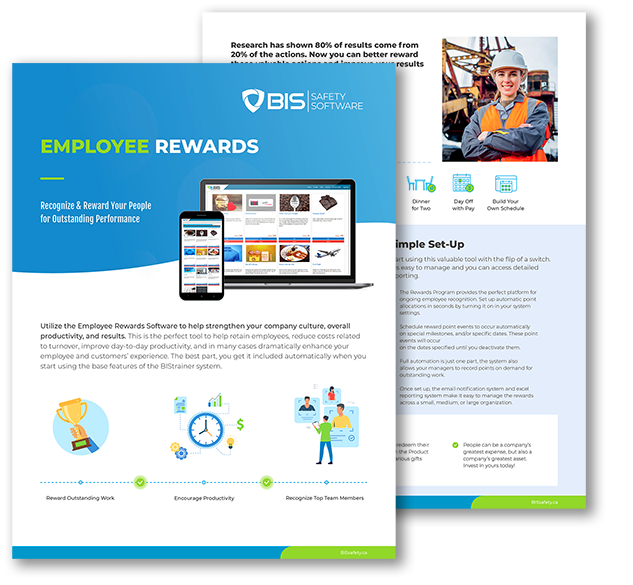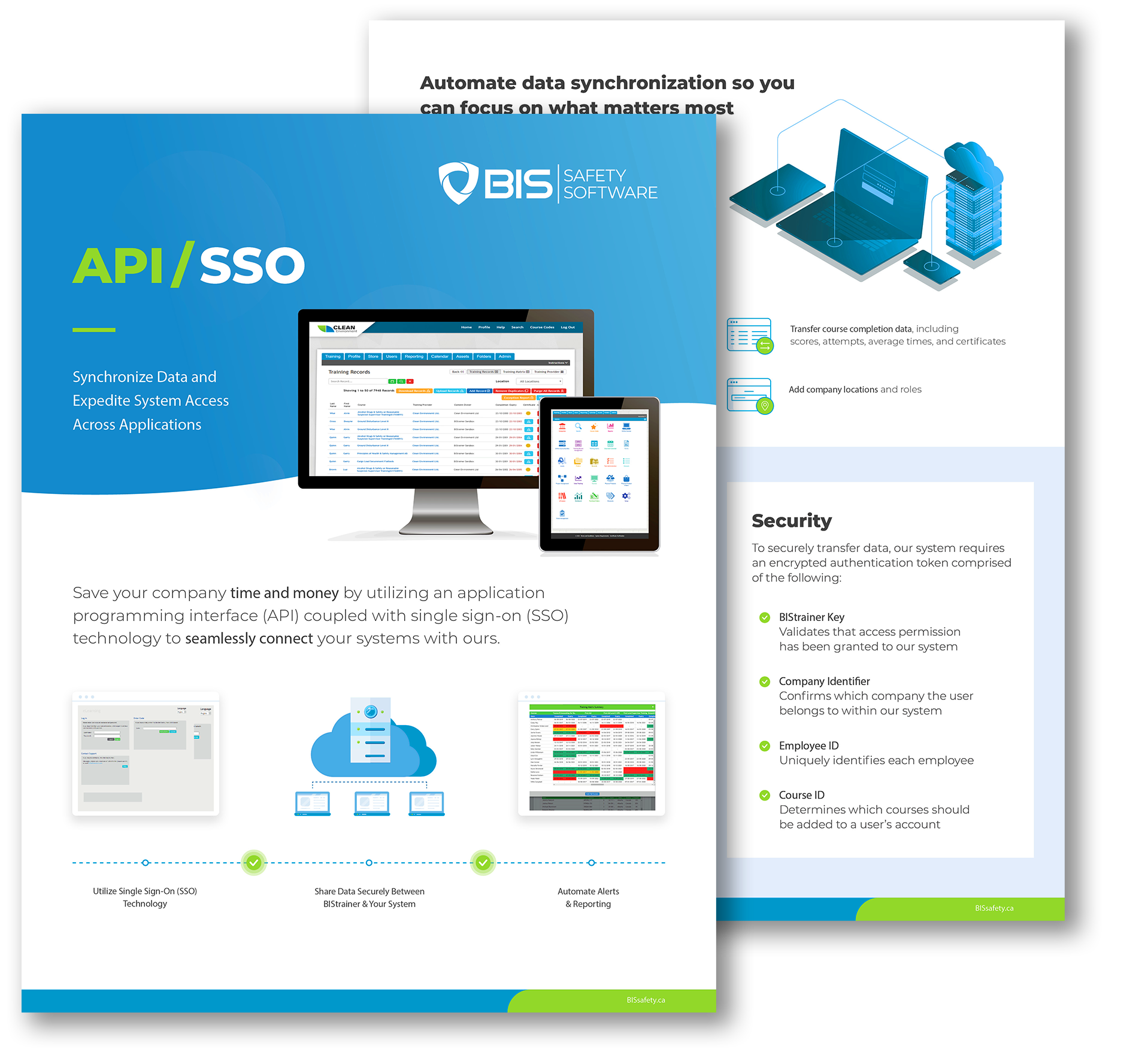Safety Meets Tech:

Home Safety Meets Tech: The Evolution of Wearable Safety Devices Lorem ipsum dolor sit amet, consectetur adipiscing elit. Ut elit tellus, luctus nec ullamcorper mattis, pulvinar dapibus leo. March 13, 2025 By Luke Hillenbrand Workplace safety is evolving. Technology is changing the game. Wearable devices are at the forefront, combining tech and practicality. They protect workers, enhance efficiency, and reduce risks. From smart helmets to biometric sensors, these tools are transforming high-risk environments. Companies investing in them build safer, more productive futures, improving both employee welfare and operational success. With each advancement, these devices demonstrate their potential to reshape workplace safety for good. A Brief History of Wearable Safety Devices Wearable safety isn’t new. For decades, workers relied on helmets, gloves, and goggles to stay safe. Technology changed that. Early alarm systems, like vibration alerts in mining helmets, warned of dangers such as collapsing shafts or unstable terrain. These innovations paved the way for today’s advanced devices. With sensors, GPS, and real-time data, modern wearables are more than protective gear—they are integral tools for workplace safety. From alerting workers in hazardous zones to collecting data that informs long-term safety strategies, wearables have come a long way. The journey from basic alerts to predictive analytics highlights a growing commitment to reducing risks and safeguarding lives. Types of Wearable Safety Devices Modern wearables tackle specific hazards with precision and adaptability: Smart Helmets Equipped with AR (augmented reality), these helmets detect gas leaks and structural hazards. They provide instant alerts and facilitate communication on job sites. Some models integrate thermal imaging to detect hidden dangers, such as overheating machinery or fire risks. Enhanced sensors now enable predictive maintenance, flagging potential failures before they occur. Biometric Sensors These devices monitor vital signs like heart rate, hydration, and body temperature. Advanced models analyze stress levels and alert workers before fatigue sets in, preventing accidents caused by exhaustion. Sensors can now integrate with wearable patches that track hydration in real-time, offering on-the-spot health recommendations. Location Trackers GPS-powered trackers locate lone workers and ensure rapid response during emergencies. Geofencing features notify supervisors when workers enter restricted zones, reinforcing site protocols. New multi-network connectivity ensures these trackers remain operational even in remote locations. Exoskeletons Designed to support lifting tasks, exoskeletons reduce strain and prevent musculoskeletal injuries. They enhance physical endurance, allowing workers to perform repetitive tasks safely. Some models are now powered by AI, adapting to users’ movements for optimized support. Smart Glasses AR overlays provide hands-free access to instructions and safety checklists. These glasses improve precision and reduce downtime by streamlining workflows. Advanced glasses include voice control and facial recognition, enabling rapid identification of team members and secure data sharing. Environmental Monitors These devices detect airborne hazards, such as toxic gases or particulates, ensuring real-time protection in industries like mining and chemical manufacturing. Newer versions now combine weather sensors, giving additional insights into changing conditions that could pose risks. Key Takeaways Lorem Ipsum is simply dummy text of the printing and typesetting industry. Lorem Ipsum has been the industry’s standard dummy text ever since the 1500s, when an unknown printer took a galley of type and scrambled it to make a type specimen book. It has survived not only five centuries, but also Lorem Ipsum is simply dummy text of the printing and typesetting industry. Lorem Ipsum has been the industry’s standard dummy text ever since the 1500s, when an unknown printer took a galley of type and scrambled it to make a type specimen book. It has survived not only five centuries, but also Lorem Ipsum is simply dummy text of the printing and typesetting industry. Lorem Ipsum has been the industry’s standard dummy text ever since the 1500s, when an unknown printer took a galley of type and scrambled it to make a type specimen book. It has survived not only five centuries, but also Lorem Ipsum is simply dummy text of the printing and typesetting industry. Lorem Ipsum has been the industry’s standard dummy text ever since the 1500s, when an unknown printer took a galley of type and scrambled it to make a type specimen book. It has survived not only five centuries, but also Industries Leading the Adoption of Wearable Technology Industries with high risks are leading the way in wearable adoption. Their focus on safety and efficiency makes wearables indispensable tools: Construction Smart helmets and trackers improve site safety, aiding navigation through busy or hazardous areas. By providing real-time updates, they reduce the chance of accidents. Wearables also integrate with project management software, enhancing coordination and efficiency. Oil and Gas Biometric sensors and gas detectors protect workers from harmful exposures. Wearables also ensure compliance with safety standards in environments where stakes are high. Some systems now include drone connectivity, combining aerial surveillance with wearable monitoring. Manufacturing Exoskeletons reduce physical strain, while smart glasses streamline precision tasks. These technologies improve productivity while cutting down on workplace injuries. Collaborative robots (cobots) now pair with wearables for seamless workflows. Healthcare Wearables track stress and fatigue during long shifts, protecting healthcare professionals in high-pressure environments. Devices like wearable ECG monitors safeguard their health while improving patient care. Integration with telehealth platforms ensures that real-time data supports decision-making. Mining Monitors and trackers enhance safety in remote and hazardous locations. Advanced systems ensure miners can be located and rescued swiftly in emergencies. Combined with underground communication networks, these tools ensure 24/7 connectivity in challenging conditions. Related read: Do you own a business in the insurance industry? Check out how Artificial Intelligence is transforming the insurance industry. Benefits of Wearable Safety Technology 1. Real-Time Monitoring Continuous data collection allows for instant responses, preventing accidents before they occur. Live dashboards centralize this data, providing supervisors with actionable insights. 2. Enhanced Compliance Automated tracking simplifies adherence to safety protocols, reducing manual errors. Regulatory updates can be pushed directly to wearables, ensuring workers remain informed. 3. Improved Productivity Ergonomic support minimizes injuries and fatigue, boosting worker efficiency. Wearables also streamline workflows, allowing workers to focus on tasks without interruptions. 4.
How to Turn Incident Data

Home How to Turn Incident Data Into Actionable Insights Lorem ipsum dolor sit amet, consectetur adipiscing elit. Ut elit tellus, luctus nec ullamcorper mattis, pulvinar dapibus leo. March 13, 2025 By Luke Hillenbrand Every workplace safety program generates incident data, but not all organizations know how to make the most of it. Incident reports, near-miss logs, and safety observations provide more than just numbers—they reveal patterns, highlight risks, and offer a roadmap for improvement. The challenge lies in translating this raw data into clear, actionable insights that drive meaningful change. Without the right strategies, data can remain an untapped resource, leaving organizations reactive instead of proactive. This guide explores how to analyze incident data effectively, identify trends, and use those insights to enhance workplace safety. Why Incident Data Matters Incident data isn’t just a record of what’s gone wrong—it’s a tool for understanding the “why” behind workplace risks. Every report contains valuable information about hazards, behaviors, and system failures that contribute to incidents. When analyzed effectively, this data helps organizations: Identify Patterns Highlight recurring risks and pinpoint high-risk areas, equipment, or processes. Drive Preventive Measures Use trends to implement targeted safety improvements before incidents escalate. Support Compliance Provide documentation that demonstrates a proactive approach to safety during audits. Boost Accountability Show clear links between safety initiatives and outcomes, reinforcing a culture of responsibility. By leveraging incident data, safety managers can shift from reacting to problems to preventing them entirely. Step 1: Collect Consistent, High-Quality Data The foundation of actionable insights is reliable data. Inconsistent or incomplete incident reporting undermines your ability to draw meaningful conclusions. Best Practices for Data Collection Standardized Reporting Forms Ensure every incident report includes key details such as date, time, location, individuals involved, and a clear description of the event. Encourage Near-Miss Reporting Near-misses are early warning signs of potential hazards. Make it easy and non-punitive for employees to report them. Use Mobile Tools Digital reporting systems streamline data collection and reduce errors compared to paper-based processes. Case Study: A logistics company implemented a mobile app for near-miss reporting. Within six months, reports increased by 40%, uncovering trends related to poorly marked loading zones. Addressing these issues reduced incidents by 25% the following quarter. Step 2: Centralize and Organize Your Data Scattered data creates blind spots. Consolidating all incident reports, safety observations, and inspection logs into a centralized system ensures nothing slips through the cracks. How to Centralize Effectively Use Safety Management Software Platforms designed for workplace safety consolidate data into a single dashboard, making it easy to analyze trends. Tag and Categorize Data Organize reports by type, location, equipment, or contributing factors to identify recurring issues. Integrate With Existing Systems Ensure your safety software connects with HR, maintenance, and compliance platforms to provide a comprehensive view. Pro Tip: Regularly review your data for completeness and consistency. Missing or inaccurate information can skew results and lead to flawed conclusions. Key Takeaways Lorem Ipsum is simply dummy text of the printing and typesetting industry. Lorem Ipsum has been the industry’s standard dummy text ever since the 1500s, when an unknown printer took a galley of type and scrambled it to make a type specimen book. It has survived not only five centuries, but also Lorem Ipsum is simply dummy text of the printing and typesetting industry. Lorem Ipsum has been the industry’s standard dummy text ever since the 1500s, when an unknown printer took a galley of type and scrambled it to make a type specimen book. It has survived not only five centuries, but also Lorem Ipsum is simply dummy text of the printing and typesetting industry. Lorem Ipsum has been the industry’s standard dummy text ever since the 1500s, when an unknown printer took a galley of type and scrambled it to make a type specimen book. It has survived not only five centuries, but also Lorem Ipsum is simply dummy text of the printing and typesetting industry. Lorem Ipsum has been the industry’s standard dummy text ever since the 1500s, when an unknown printer took a galley of type and scrambled it to make a type specimen book. It has survived not only five centuries, but also Step 3: Analyze for Patterns and Trends Once your data is centralized, the next step is to identify patterns that point to underlying risks. Look for clusters of similar incidents or recurring hazards across locations. What to Look For Recurring Equipment Failures Are specific machines or tools involved in multiple incidents? Time-Based Trends Do incidents spike during certain shifts or seasons? Location-Specific Risks Are certain areas of your facility more prone to hazards? Example in Action: A manufacturing plant noticed a pattern of injuries involving workers replacing conveyor belts during peak shifts. The analysis revealed that time pressures led to shortcuts in safety procedures. By scheduling maintenance during slower periods and providing additional training, the company reduced injuries by 30%. Step 4: Translate Insights Into Actionable Changes Data is only as valuable as the actions it inspires. Once trends are identified, use them to implement targeted improvements. Strategies for Acting on Insights Revise Policies Update safety protocols to address identified risks, such as enhanced procedures for high-risk tasks. Targeted Training Provide specific training sessions based on the most common incident types or contributing factors. Engineering Controls Modify equipment, tools, or workspaces to eliminate hazards entirely. Case Study: A construction company analyzed incident reports and found that ladder-related falls were a recurring issue. They introduced new ladder inspection protocols, provided hands-on training, and replaced aging equipment. The result? A 50% decrease in ladder-related injuries within a year. Step 5: Share Insights With Your Team Transparency is key to fostering a safety-first culture. Sharing insights from incident data helps employees understand risks and reinforces their role in creating a safer workplace. How to Communicate Effectively Visual Dashboards Use charts, graphs, and heatmaps to make data easy to understand. Regular Safety Meetings Discuss trends and progress during team huddles or monthly safety reviews. Highlight Successes Celebrate reductions in incidents
Top 10 Red Flags in Safety Audits

Home Top 10 Red Flags in Safety Audits How to Avoid Them Lorem ipsum dolor sit amet, consectetur adipiscing elit. Ut elit tellus, luctus nec ullamcorper mattis, pulvinar dapibus leo. March 13, 2025 By Dinesh Kumar Safety audits are essential for ensuring workplace compliance and protecting employees. They bring to light the weak points in a safety program and provide actionable insights for improvement. However, common issues can derail audits, leading to penalties, operational disruptions, or worse—preventable incidents. Avoiding these pitfalls doesn’t require perfection. It requires preparation, follow-through, and attention to detail. Here are ten common red flags auditors encounter and practical ways to address them. 1. Disorganized or Missing Documentation The Issue: Incident reports, inspection logs, or training records are incomplete, outdated, or hard to locate. Why It Matters: Documentation is the backbone of safety compliance. Gaps in records raise questions about whether processes are being followed consistently. How to Address It: Store all safety-related documents in a centralized system, whether digital or physical. Automate reminders for updates to keep records current and ensure they’re easily accessible during an audit. 2. Training Records That Don’t Measure Up The Issue: Employees have incomplete or outdated safety training records, including missed refresher courses. Why It Matters: Training equips workers with the knowledge to manage risks effectively. Inadequate records suggest that critical skills and safety protocols may not be properly reinforced. How to Address It: Use a Learning Management System (LMS) to track training participation and completion. Schedule refresher courses at regular intervals and focus on high-risk roles to ensure readiness across the workforce. Key Takeaways Lorem Ipsum is simply dummy text of the printing and typesetting industry. Lorem Ipsum has been the industry’s standard dummy text ever since the 1500s, when an unknown printer took a galley of type and scrambled it to make a type specimen book. It has survived not only five centuries, but also Lorem Ipsum is simply dummy text of the printing and typesetting industry. Lorem Ipsum has been the industry’s standard dummy text ever since the 1500s, when an unknown printer took a galley of type and scrambled it to make a type specimen book. It has survived not only five centuries, but also Lorem Ipsum is simply dummy text of the printing and typesetting industry. Lorem Ipsum has been the industry’s standard dummy text ever since the 1500s, when an unknown printer took a galley of type and scrambled it to make a type specimen book. It has survived not only five centuries, but also Lorem Ipsum is simply dummy text of the printing and typesetting industry. Lorem Ipsum has been the industry’s standard dummy text ever since the 1500s, when an unknown printer took a galley of type and scrambled it to make a type specimen book. It has survived not only five centuries, but also 3. Incomplete Equipment Maintenance Logs The Issue: Maintenance records for machinery or equipment are inconsistent or nonexistent. Why It Matters: Poorly maintained equipment increases the likelihood of accidents and signals a lack of proactive risk management. How to Address It: Implement a maintenance tracking system to log inspections and repairs. Set up automated reminders for routine checks to prevent lapses and ensure that every piece of equipment is safe to operate. 4. Lack of Reporting for Near-Misses The Issue: Near-miss incidents are rarely reported or poorly documented. Why It Matters: Near-misses provide a critical opportunity to address hazards before they escalate into injuries. A lack of reporting indicates potential blind spotsin risk identification. How to Address It: Create a non-punitive reporting system that makes it easy for employees to flag near-misses. Mobile tools or simple forms can streamline the process and encourage participation. 5. PPE Non-Compliance The Issue: Employees are either not wearing or improperly using personal protective equipment (PPE). Why It Matters: Consistent PPE usage is fundamental to workplace safety. Visible lapses undermine compliance efforts and put workers at unnecessary risk. How to Address It: Conduct regular safety observations to verify PPE use and reinforce training on proper practices. Signage in high-risk areas can also serve as a visual reminder. 6. Emergency Plans That Are Outdated or Unpracticed The Issue: Emergency response plans are outdated, incomplete, or haven’t been tested with drills. Why It Matters: An unclear or untested plan can lead to confusion during emergencies, putting workers and operations at greater risk. How to Address It: Review and update emergency plans annually. Conduct drills to test preparedness and ensure employees understand their roles and responsibilities during a crisis. 7. Hazards That Keep Reappearing The Issue: Recurring issues identified in previous audits remain unresolved. Why It Matters: Repeated hazards suggest a lack of accountability and undermine trust in the safety program. How to Address It: Treat audit findings as action items with clear deadlines and responsibilities. Regularly track progress to ensure corrective actions are completed and prevent recurring issues. Related read: Do you own a business in the insurance industry? Check out how Artificial Intelligence is transforming the insurance industry. 8. Disengaged Leadership The Issue: Managers and leadership are absent from safety initiatives or minimally involved in audits. Why It Matters: Leadership involvement is critical for reinforcing a culture of safety. A lack of engagement sends a message that safety isn’t a priority. How to Address It: Involve leaders in safety meetings, audits, and training sessions. Make safety metrics a regular part of leadership reviews to keep it on the agenda and emphasize its importance. 9. Poor Communication of Safety Updates The Issue: Safety updates, protocols, or audit findings aren’t consistently shared with employees. Why It Matters: Gaps in communication lead to confusion, reduced compliance, and repeated issues that could have been avoided with better transparency. How to Address It: Develop a clear communication strategy for all safety updates. Use multiple channels like email, team meetings, and digital dashboards to ensure every employee stays informed. Safety software can track acknowledgment to verify employees receive critical information. 10. Neglected Audit Follow-Ups The Issue: Recommendations from previous audits


